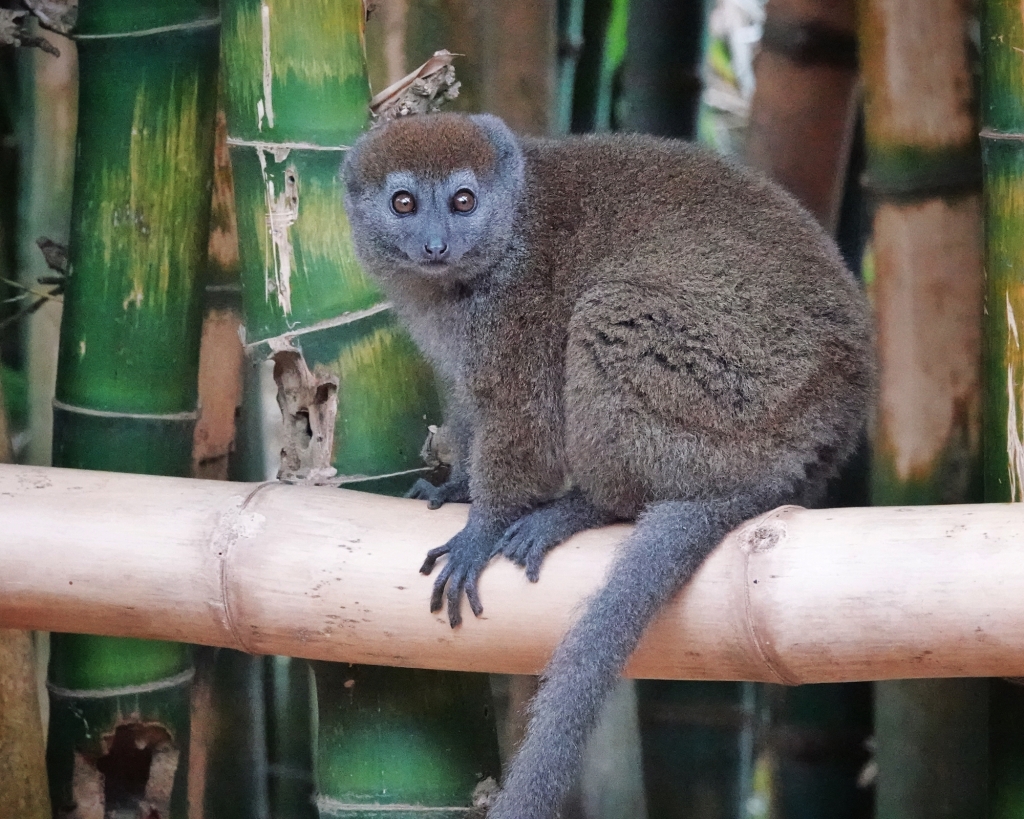Why are there are so many different kinds of colorful warblers? Taxonomists have reclassified an amazing 37 species in the genus Setophaga based on their genetic similarities. This represents an explosion of diversity — an adaptive radiation — in the small insectivorous bird niche. But unlike other classic examples of this kind of diversification in birds, like Darwin’s finches on the Galapagos Islands that differ in bill size and shape to exploit different types of seeds, the explosive radiation of warblers derives primarily from their behavioral differences in where they like to feed, as well as differences in plumage color and song.
Among the 37 we managed to photograph several that fly through Minnesota on their way to Canada and Alaska to breed.

One of the first warblers to arrive in the spring and one of the last to leave in the fall, Yellow-rumped Warblers seem like one of the most common of all warblers. It is one of the most versatile in eating habits, taking insects from the air or eating wax-covered berries, which it has special enzymes to digest.

The warbler sporting a yarmulke type of black cap is Wilson’s Warbler, a tiny bit of gold fluff that breeds in alder and willow thickets of southern Canada after leaving its Mexican and Caribbean winter home. You see them flash by at eye level or dipping down to the ground, always on the move and always obscured by the low vegetation in which they hunt for tiny insects.

Palm Warblers wag their tail constantly, and spend most of their time in low branches or on the ground hunting insects. They are early migrants, coming from the Caribbean and Yucatan peninsula to breed in the boreal forest of Canada where temperatures are below freezing at least 8 months of the year.

Magnolia Warblers are predominantly yellow and black, like many others, but add a necklace of black stripes as a finishing touch. They prefer the dense coniferous forests of southern Canada. This is one of the few species whose population has actually increased in the past 50 years.

Chestnut-sided Warblers come from Central America to breed in southeastern Canada and northeastern U.S. They are typically found breeding in regenerating forests, unlike other warblers that migrate to mature deciduous or coniferous woods.

Blackpoll Warblers, flying butterballs when they migrate, double their body weight by putting on fat and fly 1800 miles non-stop over 3 days. They are the most northerly breeding warbler, going far up into the Alaskan boreal forest all the way from the Caribbean and northern South America.

Of all the spring migratory birds, I think this is my favorite. Bright flashes of color as it darts through the tops of trees, and a vivid orange throat are its trademark. It’s a long way from winter headquarters in northwestern South America to the mixed deciduous-coniferous forests of southeastern Canada.
Thirty-seven closely related variations of small insectivorous birds in just one genus out of a total of 119 species in the warbler family (Parulidae). How did this happen?
Climate is one of the primary factors thought to be responsible for this diversity — specifically, the climate from 1-5 million years ago. Periods when cold and ice moved south across most of Canada and the U.S. pushed warblers (and other bird species) into the southeastern corner of the U.S., intensifying competition for food, and forcing greater specialization of foraging habits. Warmer periods promoted their movement into northern forests where they continued diversifying to forage in new niches there. Another wave of cold and ice moving south started the cycle of specialization and diversification all over again.
The end result is a unique experiment in explosive radiation of the small insectivorous bird niche in North America.













